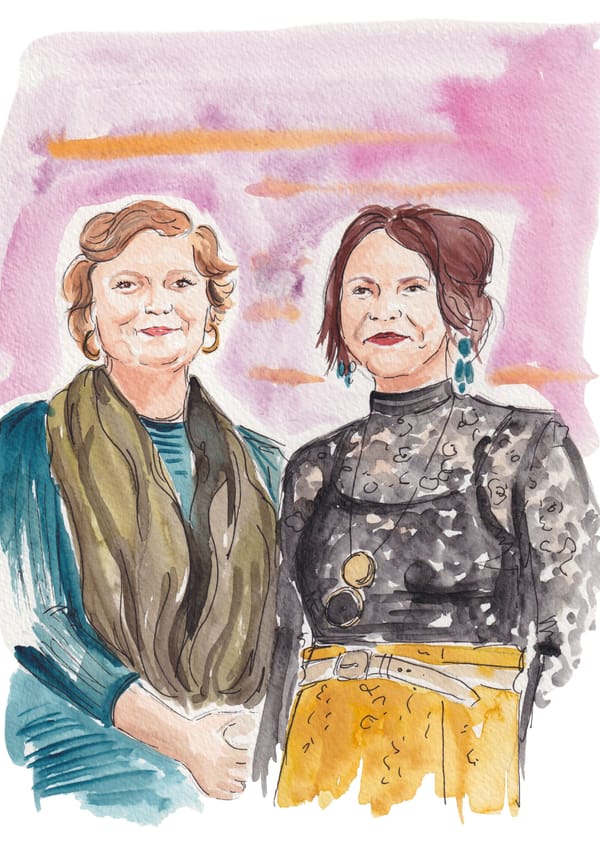Bluey Has Taken the Easy Way Out On Infertility
Those going through infertility are owed our compassion. Why can’t fiction mirror real life?

It’s barely more than a glimpse; really just a flash. But there, towards the end of The Sign, the new, extra-long, much-discussed series finale of the hit kids’ show Bluey, is the eponymous cartoon dog’s Auntie Brandy. And there is Bluey’s mother, Chilli, caressing Brandy’s very pregnant stomach.
Why do infertility storylines always have to end with pregnancy, IVF’s version of “and they all lived happily ever after”? Not to point out the obvious, but that’s not how it happens in real life.
Bluey centers on a family of Heeler dogs—a mom, a dad and two daughters—as they learn big lessons during small moments of family life: trips to a playground; school dropoff; visits to the supermarket. Kids see themselves in the antics of Bluey and her sister Bingo; parents catch glimpses of their own experiences in mom Chilli and dad Bandit’s eye rolls and hungover groans.
It’s no wonder viewership has grown astronomically in recent years. In a single week in January it was streamed for 1.5 billion minutes—that’s 25 million hours (or 150 million 10-minute episodes).
Part of Bluey’s allure is that it treats complex subjects with the gentle pragmatism kids need to properly process big ideas. In one episode, Bluey finds a sick budgie which later dies, then insists on role-playing the experience again. At the end, as her sister goes off-script, Bluey shrugs: “It’s OK. It’s out of our hands.” She has learned that certain things—life and death; anarchic sisters—are beyond anyone’s control.
Which is why the decision to show Auntie Brandy in the full bloom of pregnancy is so jarring.





